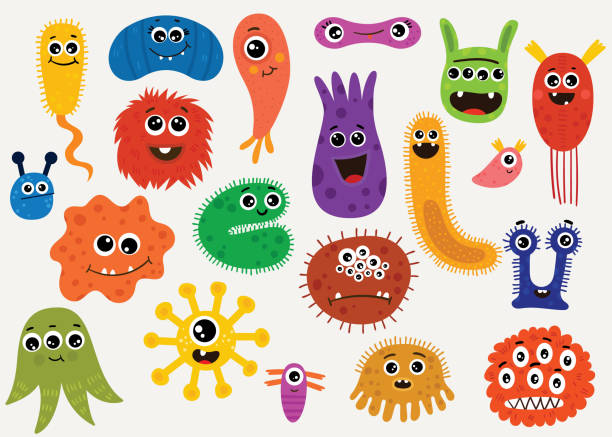- Posted byMASTER VIKRANT ROHIN

According to scientists, the very first organisms that dared sex were more like Adam and Iva rather than Adam and Eve.
That’s because sex was invented before heterosexuality-before they were males or females. The first sexual to emerge 2.5 billion years ago was what biologists call isogamous. That’s a bit like being gay, except that everyone is somewhere between male and female.
Many organisms, including some fungi, algae, and unicellular pond swimmers, still practise isogamy. In doing so, they provide clues to the puzzle of why and how the sexes evolved in the first place.
To understand life before the advent of males and females, you need a universal definition of the two: Males produce a smaller sex cell (sperm or pollen) than their female counterparts.
Isogamous algae, on the other hand, still have sex but instead of mixing sperm and eggs they mix sex cells of roughly the same size – commonly known as gametes.
What scientists find puzzling is that most of them still use a two sexes system – in their case plus and minus rather than male and female. Although plus and minus form the same size gametes, plus mates with minus and minus with plus.
This electorate is an enormous paradox, says Laurence Hurst, a biologist at the University of Bath in England. Without genders, you wouldn’t have to limit your choice of a mate to half the population. Anyone would be fair game.

Some organisms do expand their sexual options by having many sexes – 100 for some pond-swimming protozoans. Mushrooms use 30,000 and can mate with any but their own.
Oddly, however, most sexual beings have just two sexes – the loneliest number when it comes to finding a mate. Why restrict our options?
One leading theory goes back to the bizarre nature of certain machinery we all carry around in our cells – little engines known as mitochondria that help convert food to energy.
In recent years, it has become apparent that mitochondria are not mere internal features but a kind of friendly parasitic bacteria live with us in a symbiotic relationship. They multiply when your cells divide and, in animals, passed from mothers to offspring via eggs.
And although they appear to be work for us, they have no binding contract to continue doing so. Because they carry their own DNA, they can mutate, scientists say, so you could get a new strain of mitochondria that is very good at replication, but not very good for you.
These new unfriendly mitochondria could spread the human population at our expense.
One way to prevent such a spread is to avoid mixing mitochondria during sex.
That’s not a big problem for us, since males simply shed most of their mitochondria when they make sperm. That way you only get them from your mother.
But if you isogamous, you exchange gametes of the same size instead of sperm and eggs. So to keep mitochondria in check many organisms kill those of their partners
“It’s a bit like using a condom,” Hurst says. Killers only mate with non-killers and you end up with two mating types.
Some believe this situation laid the groundwork for the great seismic shift when living things began to evolve as male and female, ushering in everything from the Age of chivalry to divorce court. But that is another story.


